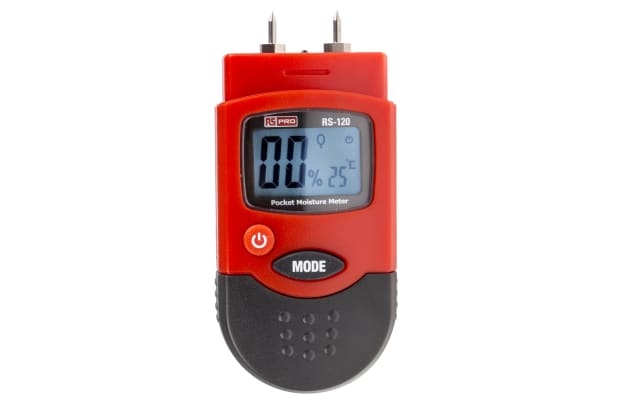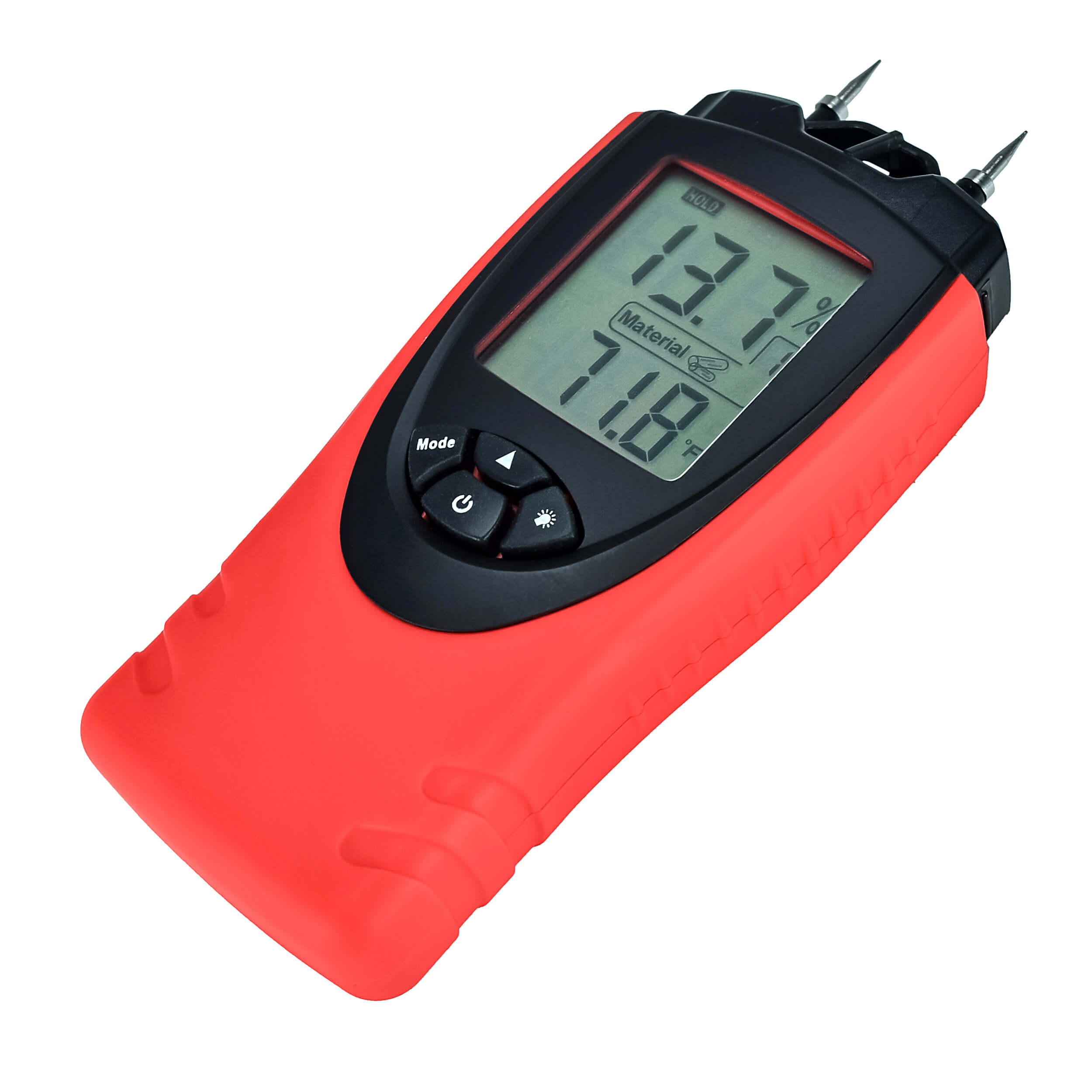Why Every Homeowner Needs a Moisture Meter: Key Advantages and Functions
Why Every Homeowner Needs a Moisture Meter: Key Advantages and Functions
Blog Article
Delve Into the Globe of Moisture Meters: Whatever You Need to Know
In the world of moisture meters lies a globe of precision and functionality that frequently goes undetected. Understanding exactly how moisture meters run, the different kinds readily available, and their diverse usages can lose light on their significance in making certain quality and effectiveness.
Just How Moisture Meters Work
Moisture meters operate by determining the electric conductivity or capacitance of products to identify the wetness content existing. These meters are indispensable devices across various markets, consisting of woodworking, agriculture, and building. By utilizing different techniques such as pinless or pin-type technology, moisture meters offer precise readings that assist experts make informed decisions.
Pin-type wetness meters function by inserting the sharp pins right into the material being checked. On the other hand, pinless moisture meters utilize electromagnetic signals to check a larger area without causing any type of damages to the material's surface area.
Despite the approach made use of, wetness meters play a vital function in stopping issues such as mold and mildew development, structural damages, or product issues triggered by excess wetness. Comprehending how these meters job is vital for guaranteeing the quality and honesty of products in different applications.
Kinds Of Moisture Meters
Offered the important role dampness meters play in different sectors, it is necessary to understand the different kinds available to specialists for accurately analyzing wetness degrees - Moisture Meter. There are mainly 2 main kinds of wetness meters: pin-type and pinless wetness meters

On the other hand, pinless wetness meters use electro-magnetic sensor plates to check a larger location of the material without triggering any damages. This kind is appropriate for quickly scanning huge areas and is generally used for floor covering, walls, and ceilings. Pinless meters are practical for taking analyses on finished surface areas without leaving any kind of visible marks.
Both sorts of wetness meters have their benefits and are chosen based upon the specific requirements of the task handy. Understanding the distinctions in between these types is crucial for experts to make exact moisture evaluations.
Applications Throughout Industries
Construction specialists rely on dampness look at this website meters to evaluate the dampness levels in structure materials like concrete, drywall, and timber, which is critical for preserving architectural stability and preventing concerns like rot or mold. The floor covering sector makes use of dampness meters to determine the dampness content in subfloors prior to setting up various flooring treatments, avoiding expensive damages due to excess dampness. In the food industry, wetness meters are utilized to keep track of and regulate moisture degrees in products such as grains, nuts, and hop over to these guys dried fruits to maintain quality and high quality.
Tips for Making Use Of Moisture Meters
Utilize the dampness meter's calibration settings to ensure accurate readings when determining the wetness material in different materials. Additionally, make sure the meter is established to the proper dampness array for the product you are determining to get the most specific outcomes.
When utilizing a pin-type wetness meter, insert the pins to the appropriate deepness advised for the product being evaluated. This guarantees that the moisture analyses are taken from the correct deepness within the material, offering a more exact depiction of its moisture web content. For pinless dampness meters, keep in mind to maintain correct call with the material's surface to obtain trusted analyses.
Consistently inspect and replace the batteries in your wetness meter to avoid unreliable readings as a result of low power. When not in usage to extend its click to find out more life-span and maintain its precision, Shop the meter in a completely dry and safe area. By following these suggestions, you can make the most of the performance of your dampness meter and obtain precise wetness web content dimensions across various products.
Upkeep and Calibration
To guarantee the accuracy of moisture content measurements, regular upkeep and calibration of the dampness meter are essential actions in its correct functioning. Calibration adjusts the moisture meter to ensure that it provides consistent and reliable outcomes.
Calibration ought to be executed regularly, especially if the dampness meter is used regularly or in important applications where accurate measurements are called for. By adjusting the wetness and keeping meter frequently, users can trust the precision of the wetness web content measurements obtained.
Final Thought

To conclude, wetness meters play a critical role in different sectors by properly measuring the wetness material of products. Recognizing just how these devices work, the different types readily available, and correct upkeep and calibration are important for acquiring trusted outcomes. Whether in building, production, or agriculture, the usage of wetness meters helps make sure quality assurance and performance in procedures.

In verdict, dampness meters play a critical duty in different markets by accurately measuring the dampness material of materials.
Report this page